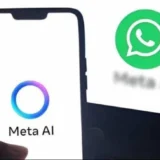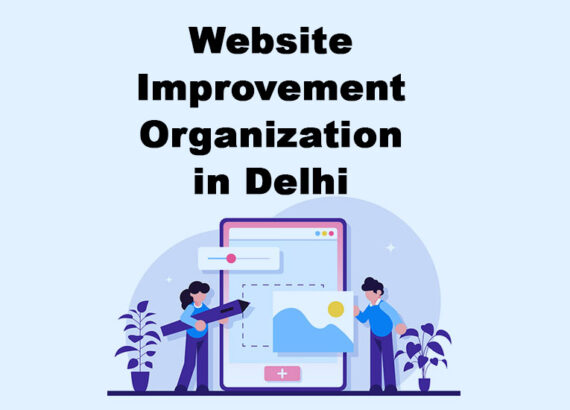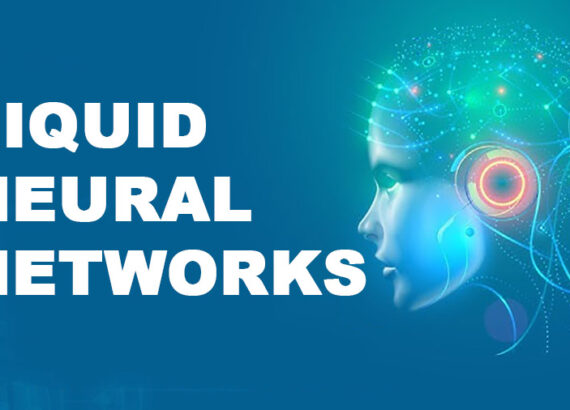Hey, readers! If someone had told us a few years ago that we’d be “talking” to machines to write essays, brainstorm ideas, create videos, or even build websites—many of us would have laughed it off as sci-fi. But here we are. Artificial Intelligence has become so normal that it now sits in our inboxes, search bars, design tools, and smartphones, quietly helping us work smarter. And right at the heart of all this futuristic magic is a surprisingly simple concept: the Prompt. Welcome to the world of Prompt Engineering—the creative and strategic practice of asking AI tools the right questions in the right way. It’s not just about typing in some words and hoping for the best. It’s about crafting intentional instructions that guide AI to give you practical, high-quality results.
So, whether you’re using Gemini, ChatGPT, Claude, or Microsoft Copilot, mastering prompt engineering is like learning to speak the native language of machines. And trust me, once you get good at it, you’ll never look at these tools the same way again. This blog discusses all you need to know about prompt engineering. Are you all set? Let’s get started exploring this awesome topic!
Why Prompt Engineering Is a Big Deal
We habitually expect AI to work like magic: “Type something in, get something out.” But it’s not magic. It’s pattern recognition. These tools are trained on enormous datasets, and they generate responses based on patterns they’ve learned. So, if you give them vague or confusing inputs, you’ll often get vague or confusing outputs. That’s what prompt engineering does—it helps you communicate more precisely with AI. And the crazy part? The better you get at it, the more it feels like working with an actual teammate—one who never sleeps and can do a hundred things at once.
A simple prompt example: A lame prompt would look like this: “Write an article on the topic.” Better Prompt is here: “Write a 1000-word blog article on how small businesses can use Instagram Reels to increase sales, including at least three real-life examples and a conclusion with CTA.” See the difference? The second version provides direction, purpose, and structure—exactly what AI needs to deliver something useful.
Okay, So What Is Prompt Engineering?
At its core, prompt engineering is the art and science of writing inputs that produce desired outputs from AI models. You’re not just throwing ideas at a wall and seeing what sticks. You’re designing the conversation. You’re structuring questions, offering context, guiding tone, and sometimes even giving examples—all to help the AI understand exactly what you want. And this isn’t just for programmers or engineers. Content creators, marketers, designers, educators, researchers—anyone can (and should) learn this skill. If you’ve ever found yourself frustrated because the AI “didn’t get it,” chances are your prompt needed tweaking, not the tool.

Meet Gemini: Google’s Powerful AI Assistant
Hey, let’s talk Gemini—Google’s answer to advanced conversational AI. Formerly known as Bard, Gemini is built on a multimodal large language model, meaning it can understand and generate text, code, and even process images, audio, and video (in some versions). Integrated into tools like Gmail, Docs, and Google Sheets, Gemini makes AI natively accessible to billions.
Here are the key strengths of Gemini you already know:
- Multimodal capabilities (understands image + text inputs)
- Deep integration with Google Workspace
- Real-time search-powered responses
- Good at factual, research-backed answers
- Enhanced safety and transparency
But to really unlock Gemini’s potential, you need more than just curiosity—you need skilful prompting.
Crafting Good Prompts for Gemini: What Works?
Well, let’s say you’re inside Google Docs, and you want help to improve a paragraph. A generic prompt like “Make this better” might work—but it’s hit or miss. On the other hand, saying something like “Rephrase this paragraph to sound more formal, suitable for a company annual report” gives Gemini a crystal-clear direction. The same goes for Gmail. You could say, “Write a follow-up,” or you could say, “Draft a polite follow-up email to a client who hasn’t replied to my proposal sent on Monday. Keep it professional but friendly.” See how specific that is? Specificity is what turns Gemini from a robot into a writing partner.
Here’s the part people often overlook: prompting isn’t a one-and-done thing. It’s iterative. That means it works best when you treat it like a conversation. Start with your best guess. If the output isn’t quite right, follow up: “That’s close, but make it sound more casual.” “Can you include a personal anecdote?” “This is good, but too long. Summarize it in 100 words.” You don’t need to be perfect the first time. You just need to keep guiding the AI until you land on something great.

Different AI Tools and Different Prompting Techniques
As you know, everything differs in the tech world, and here we are talking about AI tools. So, how they react to prompts is all based on their training. Right?
1. ChatGPT (OpenAI)
ChatGPT is like the ultra-creative writer friend. It’s great for storytelling, brainstorming, roleplay, humor, and even writing code. Claude is also amazing at processing very long documents in one go. So, if you’re working with research papers or company reports, it shines.
2. Claude (Anthropic)
Claude feels more thoughtful—almost like an academic. It’s great when you need nuance, ethics, or sensitivity in your responses. Claude is also amazing at processing very long documents in one go. So, if you’re working with research papers or company reports, it shines.
3. Microsoft Copilot
Copilot is designed to make Microsoft 365 tools smarter—think Excel, Word, and Outlook. It’s a perfect fit for corporate settings where efficiency is everything.
4. Perplexity AI
Perplexity is like a research assistant with access to the latest information. It’s great for fact-checking, finding sources, and getting current news summaries.

Conclusion
In conclusion, prompt engineering isn’t just about mastering tools—it’s about learning how to think alongside AI. It’s a conversation, a collaboration. And the better you get at it, the more you’ll start to see AI not as a tool but as an extension of your creativity and strategy. Nextr Technology is the best web development agency in Delhi. We provide insightful articles to create awareness and understanding among users and professionals. To know more, contact us!
Thank you for reading
Buy Web Hosting at an affordable price: Buy Now.
If you want to build your website at an affordable price, contact www.nextr.in
Read this: Open AI Academy – An Opportunity to Avail AI Tools and Training

















